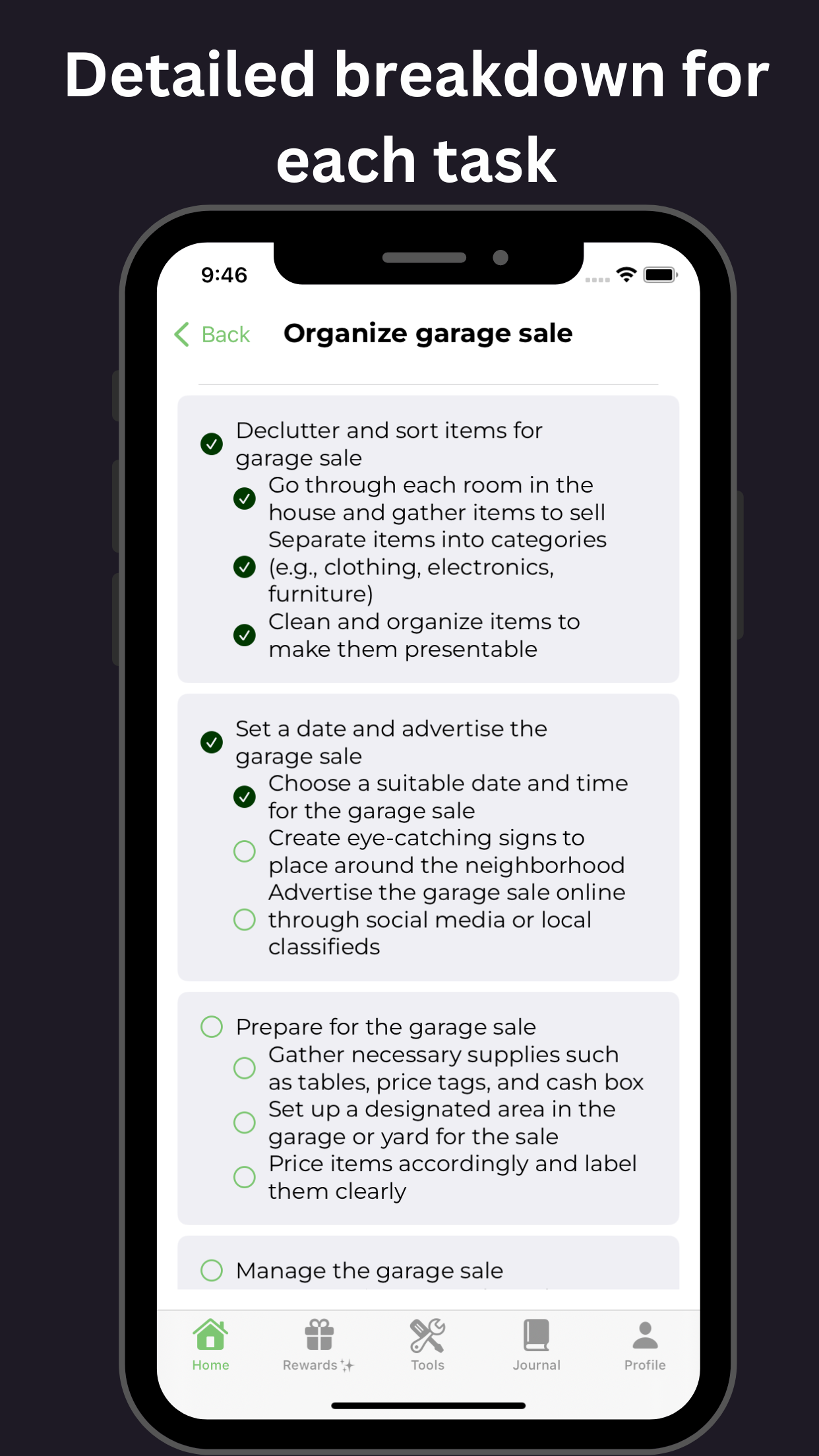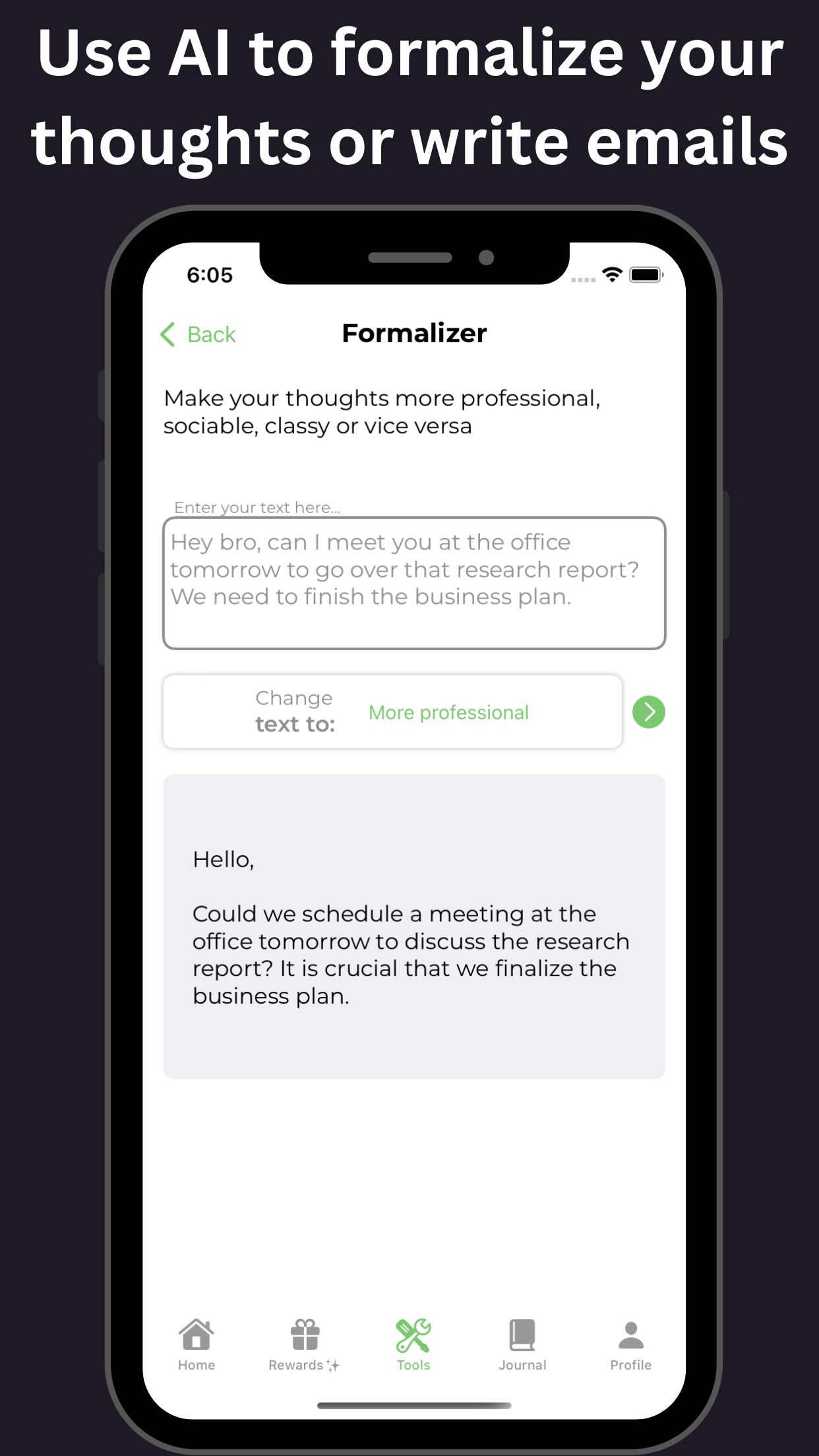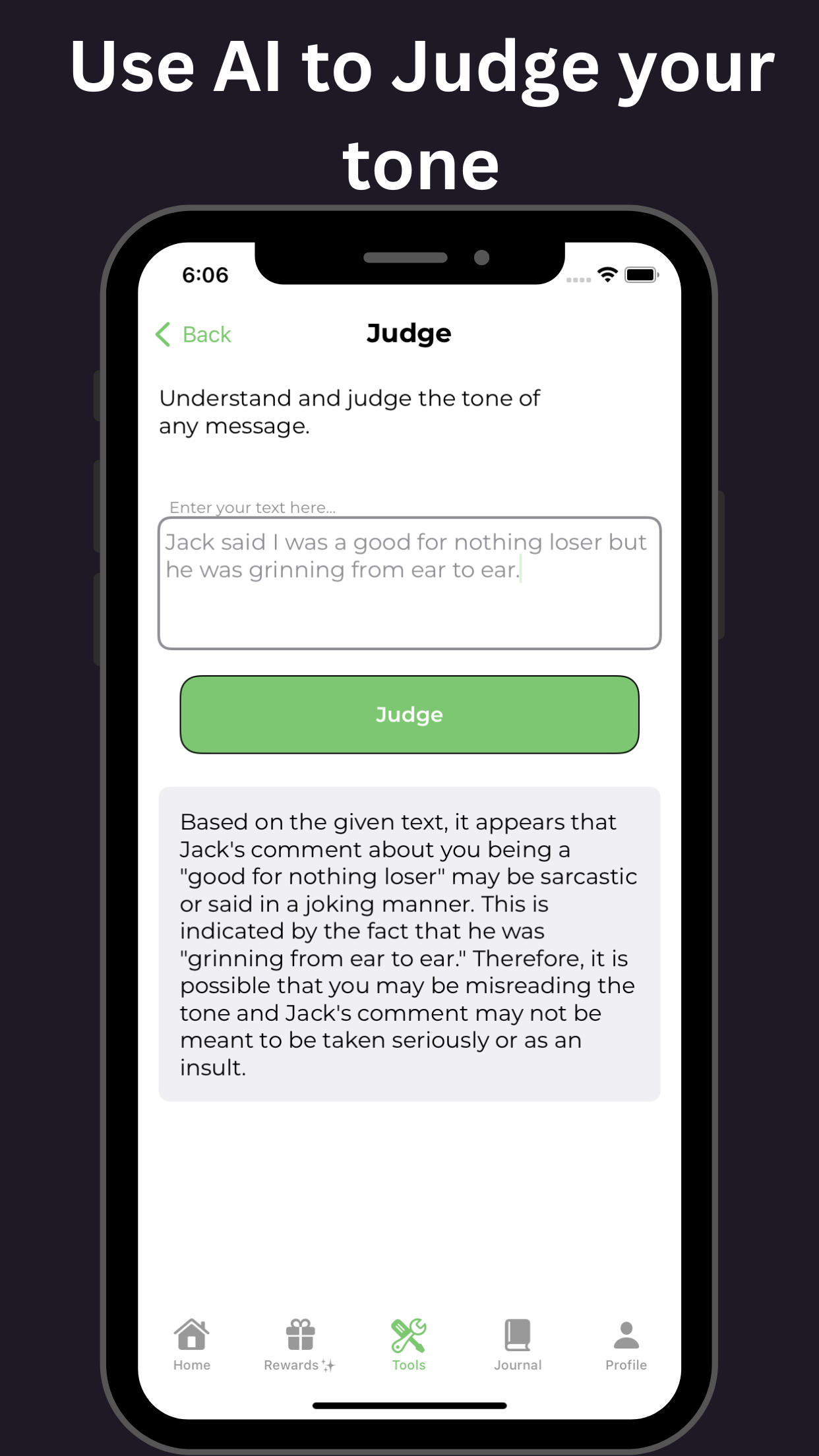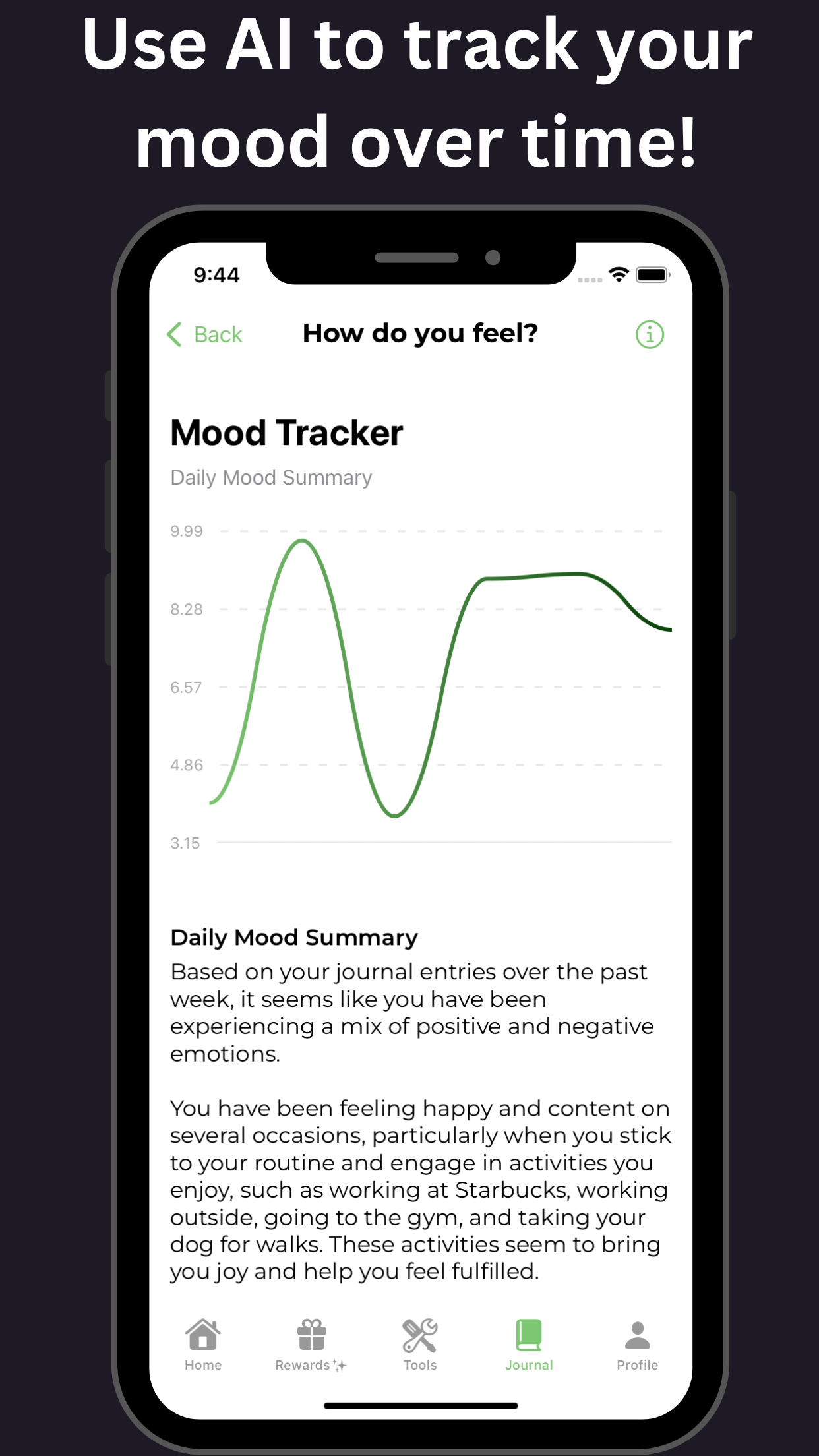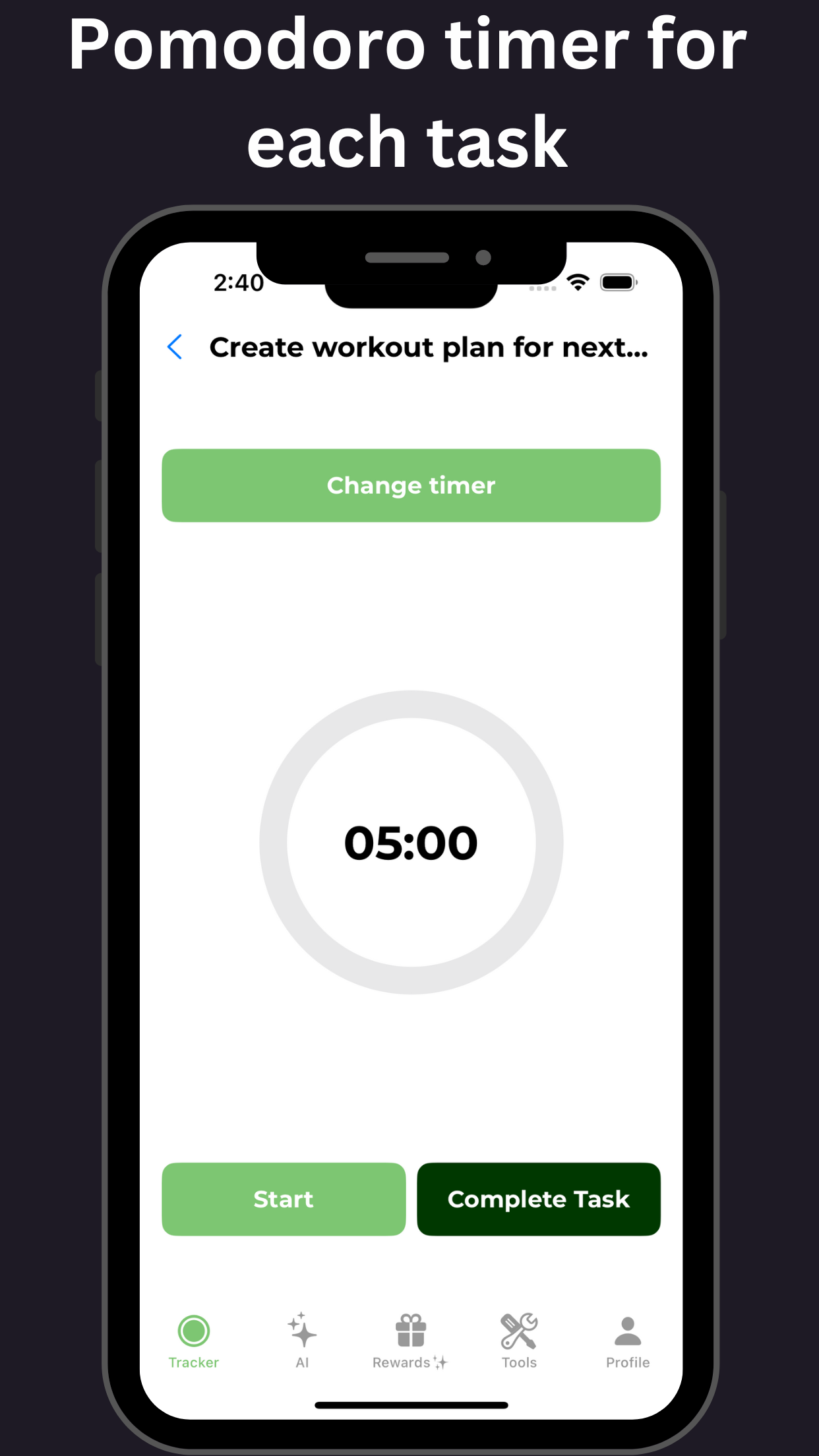Unraveling the Puzzle: Unlocking the Hidden Meaning Behind ADHD Symbolism
Key Takeaways
| Symbols | Description | Representation |
|---|---|---|
| Lightning Bolt | Energy, spontaneity, and unpredictability | ADHD's intense mental and physical energy |
| Rainbow | Diversity, uniqueness, and creativity | ADHD's association with creative, out-of-the-box thinking |
| Squiggle | Unconventional, non-linear thinking | ADHD's tendency towards non-sequential thinking |
| Butterfly | Change, transformation, and adaptability | ADHD's need for stimulation and frequent changes |
| Puzzle Piece | Unique perspective, problem-solving | ADHD's ability to find innovative solutions |
| Zigzag | Unpredictability, sudden changes | ADHD's tendency towards impulsivity and mood swings |
The Power of Visual Representation: Understanding ADHD Symbols and Images
Unlocking the Power of Visual Representation: Deciphering ADHD Symbols and Images to Enhance Understanding and Awareness of Attention Deficit Hyperactivity Disorder
This article delves into the world of ADHD symbolism, exploring the significance of visual representations in fostering a deeper comprehension of Attention Deficit Hyperactivity Disorder. By examining the various symbols and images associated with ADHD, we can better understand the complexities of this neurodevelopmental disorder and promote awareness, empathy, and support for individuals affected by it. From puzzles and labyrinths to spirals and infinity loops, we’ll uncover the hidden meanings behind ADHD symbolism and its role in promoting inclusivity, acceptance, and empowerment.

The Orange Ribbon: Uniting for ADHD Awareness
Here’s a summary for a blog article about ADHD symbolism:
“The Orange Ribbon: Uniting for ADHD Awareness
In recognition of the struggles and triumphs of individuals affected by Attention Deficit Hyperactivity Disorder (ADHD), the orange ribbon has emerged as a powerful symbol of support and solidarity. As a beacon of awareness, the orange ribbon represents the complexities and challenges associated with ADHD, while also celebrating the unique strengths and contributions of individuals living with the condition. By donning the orange ribbon, advocates and allies unite in promoting understanding, acceptance, and inclusivity for those impacted by ADHD. Learn how the orange ribbon has become an enduring emblem of ADHD symbolism, sparking conversation, breaking stigmas, and fostering a culture of empathy and compassion.
Unraveling the History of the ADHD Butterfly Symbol
Here is a summary for a blog article about the history of the ADHD butterfly symbol and ADHD symbolism:
“Delve into the fascinating history of the ADHD butterfly symbol, a powerful emblem of resilience and hope for individuals living with Attention Deficit Hyperactivity Disorder. This iconic symbol, commonly depicted as a butterfly emerging from a cocoon, represents the transformative journey of ADHD individuals as they break free from societal stigma and unlock their full potential. In this article, we’ll unravel the origins and significance of the ADHD butterfly, exploring its connection to ADHD awareness, acceptance, and empowerment. Discover the poignant story behind this beloved symbol of ADHD symbolism, and learn how it inspires a community striving for inclusivity, understanding, and support.”
Deciphering the 4 Core Traits of ADHD: A Deep Dive
Here is a summary for the blog article on the topic “Deciphering the 4 Core Traits of ADHD: A Deep Dive” with a focus on the long-tail keyword “ADHD symbolism”:
“Unlock the mysteries of ADHD symbolism by delving into the 4 core traits that define this neurodiverse condition. Get ready to uncover the hidden patterns and codes behind the behaviors, emotions, and thoughts of individuals with Attention Deficit Hyperactivity Disorder. From the impulsive actions of Hyperactivity to the disorganized mind of Inattention, and from the emotional turmoil of Emotional Dysregulation to the self-doubt of Executive Function Deficits, this article uncovers the symbolic language of ADHD, revealing the underlying messages and meanings behind the symptoms. Dive into the world of ADHD symbolism and discover a new perspective on this often-misunderstood condition.”
The CDC’s Take on ADHD: Understanding the Facts and Statistics
Here is a summary about the CDC’s take on ADHD and its connection to ADHD symbolism:
Unraveling the Connection: The CDC’s Stance on ADHD and its Symbolism
The Centers for Disease Control and Prevention (CDC) has established ADHD (Attention Deficit Hyperactivity Disorder) as a neurodevelopmental disorder affecting both children and adults. With an estimated 8.4% of children and 4.4% of adults in the US diagnosed with ADHD, understanding this condition is crucial. The CDC provides vital insights into ADHD facts, statistics, and symbolism. In the realm of ADHD symbolism, the CDC’s guidelines offer a deeper understanding of the emotional and cognitive aspects associated with this condition. From hyperactivity and inattention to impulsivity and emotional dysregulation, the CDC sheds light on the complex relationships between ADHD symptoms, diagnostic criteria, and the importance of early intervention.
ADHD in Children: Mayo Clinic’s Insights on Symptoms and Treatment
Here is a summary about ADHD in children:
Unraveling ADHD in Children: Understanding Symptoms and Treatment Options
Mayo Clinic’s expert insights shed light on the complex world of Attention Deficit Hyperactivity Disorder (ADHD) in children. ADHD symbolism, although not a direct aspect of the condition, can be seen in the struggles and strengths of children with ADHD.
The symptoms of ADHD in children typically manifest in three primary categories: inattention, hyperactivity, and impulsivity. Inattention symptoms include difficulty sustaining focus, following instructions, and completing tasks. Hyperactivity symptoms involve fidgeting, restlessness, and excessive running or climbing. Impulsivity symptoms include interrupting others, blurting out answers, and difficulty taking turns.
Treatment options for ADHD in children often involve a combinational approach, including medication and behavioral therapy. Medications like stimulants and non-stimulants can help regulate the brain’s neurotransmitters, improving focus and reducing impulsivity. Behavioral therapy, on the other hand, focuses on teaching children strategies to manage their time, organize tasks, and build self-esteem. Early intervention and a comprehensive treatment plan can significantly improve the quality of life for children with ADHD.
Ranking for the long-tail keyword “ADHD symbolism”, this article aims to raise awareness about the complexities of ADHD in children, while subtly introducing the idea that ADHD symbolism might represent the unique struggles and strengths of children with ADHD, even though it is not a direct aspect of the condition.
American Psychiatric Association’s Perspective on ADHD Diagnosis and Treatment
Here is a summary about the American Psychiatric Association’s perspective on ADHD diagnosis and treatment, incorporating SEO techniques focused on the long-tail keyword “ADHD symbolism”:
The American Psychiatric Association (APA) provides guidance on the diagnosis and treatment of Attention Deficit Hyperactivity Disorder (ADHD), a neurodevelopmental disorder characterized by symptoms of inattention, hyperactivity, and impulsivity. According to the APA, ADHD diagnosis involves a comprehensive evaluation, including a thorough medical and psychological history, observation of the individual’s behavior, and the use of standardized rating scales and diagnostic criteria outlined in the Diagnostic and Statistical Manual of Mental Disorders, 5th Edition (DSM-5). The APA emphasizes a multimodal treatment approach, combining medication, behavioral therapy, and lifestyle changes, to manage ADHD symptoms and improve functioning. While ADHD symbolism, such as the use of puzzle pieces or lightning bolts, may raise awareness and promote understanding, it is essential to rely on evidence-based practices and expert guidance for accurate diagnosis and effective treatment. By addressing ADHD through a comprehensive and science-driven approach, individuals can better navigate the complexities of this neurodevelopmental disorder and unlock their full potential.
Cleveland Clinic’s Expertise on ADHD: Definition, Causes, and Management
Here is a summary about Cleveland Clinic’s expertise on ADHD, incorporating SEO techniques to focus on the long-tail keyword “ADHD symbolism”:
Unlocking the Mystery of ADHD: Cleveland Clinic’s Expert Insights on Definition, Causes, and Management
Attention Deficit Hyperactivity Disorder (ADHD) is a neurodevelopmental disorder that affects millions of people worldwide. At the forefront of understanding and treating this complex condition is the Cleveland Clinic, a renowned medical institution dedicated to providing expert care and advancing research in ADHD. In this article, we’ll delve into the Cleveland Clinic’s expertise on ADHD, exploring its definition, underlying causes, and evidence-based management strategies.
Defining ADHD: More Than Just Restlessness
ADHD is characterized by symptoms of inattention, hyperactivity, and impulsivity, affecting both children and adults. Often misunderstood as mere restlessness or lack of discipline, ADHD is a legitimate medical condition that demands a comprehensive approach to diagnosis and treatment.
Unraveling the Causes of ADHD: Genetics, Environment, and Neurobiology
Research suggests that ADHD stems from a complex interplay of genetic, environmental, and neurobiological factors. The Cleveland Clinic’s experts emphasize the importance of understanding these underlying causes to develop effective treatment plans tailored to individual needs.
Effective Management Strategies: From Medications to Lifestyle Changes
The Cleveland Clinic’s ADHD management approach encompasses a range of evidence-based treatments, including medications, behavioral therapy, and lifestyle modifications. By combining these strategies, individuals with ADHD can better navigate their symptoms, improve focus, and enhance overall well-being.
Beyond Medication: Uncovering the Symbolism of ADHD
Beyond the clinical aspects of ADHD lies a deeper symbolism, speaking to the human experience of imperfection, creativity, and resilience. By embracing the symbolism of ADHD, we can foster greater empathy, understanding, and support for individuals living with this condition.
In this article, we’ll explore the Cleveland Clinic’s expertise on ADHD, moving beyond the medical aspects to uncover the profound symbolism and human experience that underlies this complex condition.
Demystifying ADHD: WebMD’s Comprehensive Guide to Symptoms and Treatment
“Unraveling the Enigma of ADHD: A Comprehensive Insight into ADHD Symbolism and Its Hidden Meanings”
In the vast expanse of mental health, ADHD (Attention Deficit Hyperactivity Disorder) remains one of the most misunderstood and mystifying conditions. Beyond the surface-level symptoms, lies a complex tapestry of symbolism, waiting to be deciphered. In this WebMD-inspired guide, we delve into the realm of ADHD symbolism, uncovering the hidden meanings and connotations associated with this enigmatic condition.
From the squiggly lines and asymmetrical shapes that often represent the turbulent minds of individuals with ADHD, to the symbolic connections with the Greek myth of Hermes, we explore the fascinating world of ADHD symbolism. This in-depth analysis sheds light on the profound implications of these symbols, revealing a deeper understanding of the ADHD experience.
Discover the surprising connections between ADHD and creativity, as expressed through the vibrant colors and abstract patterns often employed by artists with ADHD. Explore the symbolic significance of the ‘wandering mind,’ and how it relates to the nomadic, free-spirited nature of individuals living with ADHD.
As we navigate the intricate labyrinth of ADHD symbolism, we uncover the profound emotional resonance of these symbols, and their role in shaping the identities of those who wear them. Join us on this captivating journey, as we demystify the world of ADHD symbolism and uncover the hidden truths behind this captivating realm.
NIMH’s Focus on ADHD Research, Diagnosis, and Treatment: A Review
Here is a summary about NIMH’s focus on ADHD research, diagnosis, and treatment with a focus on ADHD symbolism:
Unraveling the Enigma of ADHD: NIMH’s Crusade for Accurate Diagnosis and Effective Treatment
The National Institute of Mental Health (NIMH) has been at the forefront of understanding Attention Deficit Hyperactivity Disorder (ADHD), a neurodevelopmental disorder affecting millions worldwide. Delving into the realm of ADHD symbolism, this blog article explores NIMH’s concerted efforts to refine diagnostic methods, develop innovative treatments, and decode the intricate web of signs and symptoms that define ADHD. From the significance of the ADHD ribbon, a symbol of hope and awareness, to the intricacies of executive function deficits, this comprehensive review sheds light on the complexities of ADHD, debunking myths and shedding light on the often-overlooked aspects of ADHD symbolism.
Important Sources
| Using ADHD Symbols and Images to Raise Awareness and Support Neurodiversity | ADHD symbols like the ADHD butterfly help raise awareness and advocate for neurodiversity through simple, visual communication. Various ADHD images like ribbons, brains, fidgets, words, and kids can symbolize different ADHD topics and perspectives. Use royalty-free ADHD graphics from reputable public health sources, CC0 creative sites, and ADHD ... |
| What Is The ADHD Awareness Symbol? How Raising ADHD ... - BetterHelp | Using symbols of ADHD can be a great way to raise ADHD awareness. One prominent ADHD awareness symbol may be the orange ribbon. The color orange is generally meant to represent hope, support, and solidarity for individuals and families affected by ADHD. The orange ribbon symbol is often highlighted during the month of October, which has been ... |
| What Is The History Of The ADHD Symbol? | BetterHelp | Takeaway. The rainbow butterfly symbol now linked with the ADHD movement arose from an ADHD Facebook group. This symbol incorporates elements of the symbol for the broader neurodivergent movement, acknowledging similarities while emphasizing certain features unique to ADHD. If you’re experiencing symptoms of ADHD that are interfering with ... |
| The 4 Core Traits of ADHD, Explained | Psychology Today | Key points. ADHDers are not motivated by importance, rewards, and consequences as neurotypicals are. ADHDers operate with a high-octane, interest-based nervous system. The intense emotionality ... |
| What is ADHD? | CDC - Centers for Disease Control and Prevention | Types. There are three different ways ADHD presents itself, depending on which types of symptoms are strongest in the individual: Predominantly Inattentive Presentation: It is hard for the individual to organize or finish a task, to pay attention to details, or to follow instructions or conversations. The person is easily distracted or forgets details of daily routines. |
| Attention-deficit/hyperactivity disorder (ADHD) in children - Mayo Clinic | ADHD includes a combination of persistent problems, such as difficulty sustaining attention, hyperactivity and impulsive behavior. Children with ADHD may also struggle with low self-esteem, troubled relationships and poor performance in school. Symptoms sometimes lessen with age. However, some people never completely outgrow their ADHD symptoms. |
| Psychiatry.org - What is ADHD? | ADHD treatment usually encompasses a combination of therapy and medication intervention. In preschool-age and younger children, the recommended first-line approach includes behavioral strategies in the form of parent management training and school intervention. Parent-Child Interaction Therapy (PCIT) is an evidence-based therapy modality to ... |
| Attention-Deficit/Hyperactivity Disorder (ADHD) - Cleveland Clinic | The meaning of ADHD helps define the condition. Children with ADHD often have difficulties with inattention and hyperactivity, as well as impulsivity. Almost all children have moments of daydreaming, misbehavior and/or distraction. But for children with ADHD, these moments are more than an occasional concern. The behaviors occur so frequently ... |
| ADHD: Symptoms, Types, Testing, and Treatment - WebMD | ADHD is the most commonly diagnosed mental disorder in children. Find out the symptoms in children and adults, types, causes, diagnosis, treatment, and outlook. |
| Attention-Deficit/Hyperactivity Disorder - National Institute of ... - NIMH | ADHD symptoms can change over time as a person ages. In young children with ADHD, hyperactivity-impulsivity is the most predominant symptom. As a child reaches elementary school, the symptom of inattention may become more prominent and cause the child to struggle academically. In adolescence, hyperactivity seems to lessen and symptoms may more ... |
